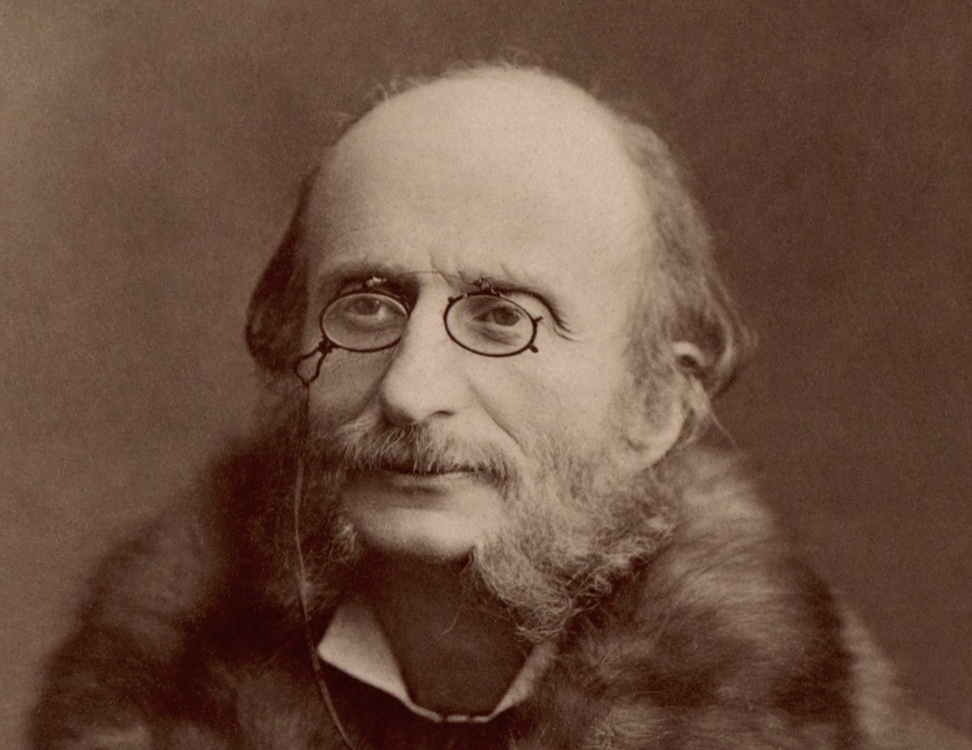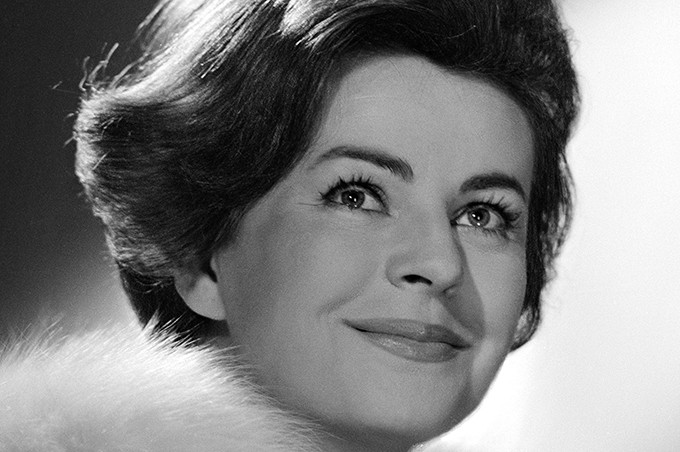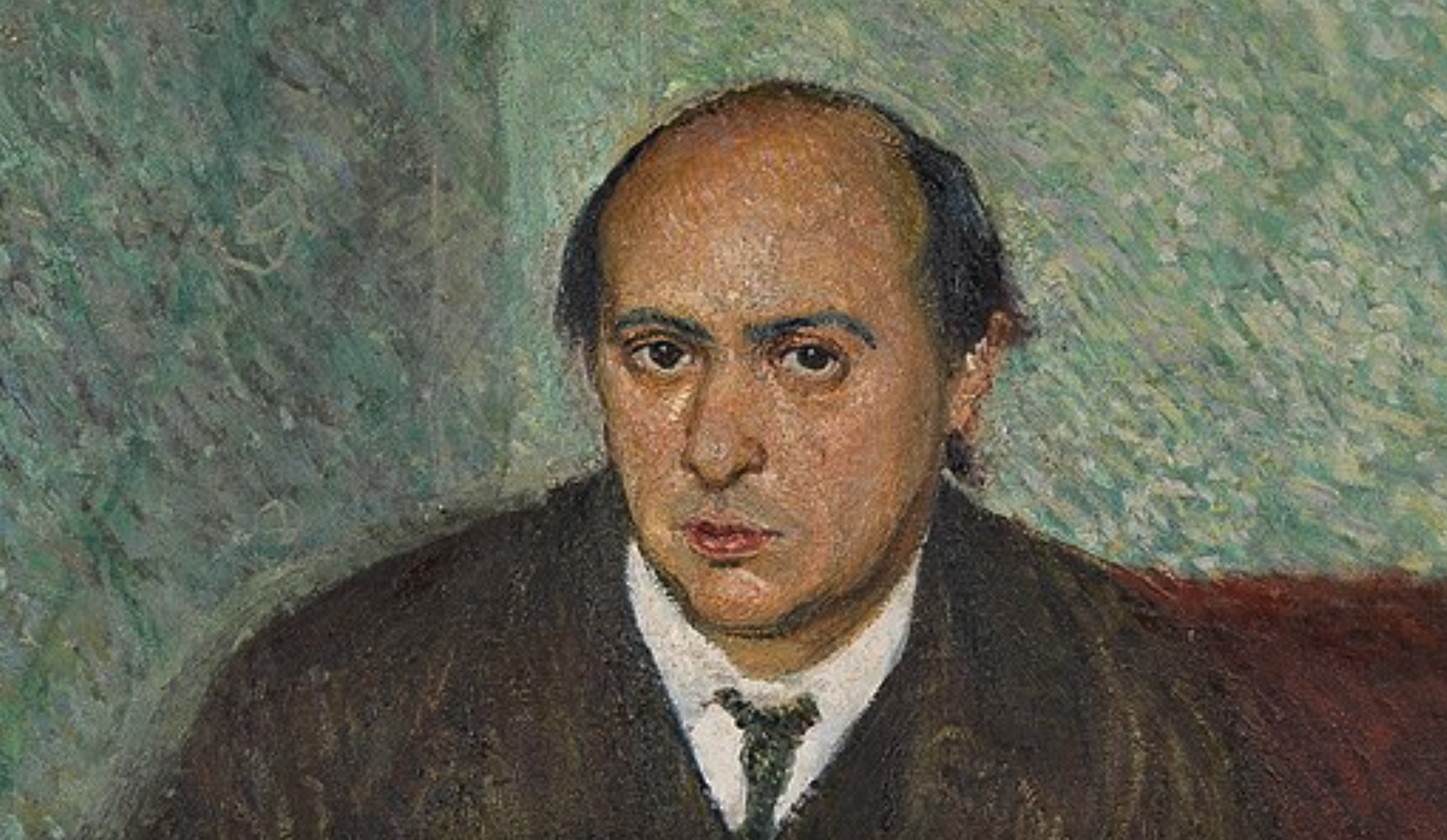08 March 2024
P.R. Jenkins
Karajan artists: Irmgard Seefried – a “most gifted singer”

“She was one of the most gifted singers I ever worked with.”
Karajan about Irmgard Seefried
In his Aachen years (1934 – 1942), Karajan encountered many very fine musicians with whom he continued working after the war – for example Christa Ludwig, Elisabeth Grümmer and Wilhelm Pitz. Another superlative talent was the soprano Irmgard Seefried. The later member of the legendary “Mozart Ensemble” at the Vienna State Opera started her career in Aachen at the age of twenty in 1939. Many years later, she recalled her first meeting with Karajan.
“I came to the theatre and he said: ‘Go on the stage. Show me something.’ I said: ‘Well, you know…’ He said: ‘What are you going to sing?’ I said: ‘The aria from Der Freischütz.’ He said: ‘Good. Go on.’ I said: ‘No, I have to prepare the stage first.’ And he said: ‘What? What are you going to do???’ I said: ‘I have to prepare the stage. I can’t sing like this.’ Then he said: ‘Alright. Carry on.’ And then, I arranged something.”
Under his direction she performed the priestess in “Aida”, Nuri in d’ Albert’s “Tiefland” and Nannetta in “Falstaff”. Then he offered her the part of Donna Anna. “When he asked me if I knew the score, I was stunned. No, I replied; since I was a lyric soprano it had never occurred to me to learn it. ‘I need a Donna Anna,’ he said, with a total lack of concern, ‘so you had better prepare it fast.’”
Karajan left Aachen in 1942. The last piece they performed together was Mozart’s C minor Mass. In 1943, Seefried appeared at the Vienna State Opera for the first time (she remained a member for the rest of her career). In the following year, she figured as the Composer in “Ariadne auf Naxos” on the occasion of Strauss’ 80th birthday. Strauss, the living legend, visited Seefried after the performance in her dressing-room and said: “Let me tell you something – I had no idea my composer was so good!”
After the war, Seefried worked with Karajan again in 1947, recording four Mozart arias and duets with the Vienna Philharmonic, and in 1948 performing Bach’s “St Matthew Passion”and Brahms’ “German Requiem” at the Musikverein. In the summer, at the Salzburg Festival, they worked on a part that became one of Seefried’s best-loved – the Susanna in “The Marriage of Figaro” with Elisabeth Schwarzkopf, Sena Jurinac and Giuseppe Taddei.
Between 11 December 1948 and 16 January 1949 Seefried was almost constantly involved in Karajan’s schedules. They performed nine times together in four different projects. The first was two concerts with Bruckner’s “Te Deum”, the most memorable was the transfer of the Salzburg production to Milan in the last few days of 1948. Karajan had conducted several concerts in Milan during the war but the five performances of “Figaro” were his first-ever opera appearance at La Scala! Seefried performed Susanna three times, Maria Cebotari took over for the others. A week later, Karajan and Seefried met again in Vienna for an unorthodox collaboration, Prokofiev’s “Peter and the Wolf” with Seefried as the narrator, and for two concerts with Beethoven’s “Missa Solemnis”. More Beethoven was on the programme of the Salzburg Festival the same year (the Ninth).
The Vienna “Bach Fest” in June 1950 was one of the highlights in Karajan’s career between the war and his appointments with the Vienna State Opera and the Berlin Philharmonic. Seefried appeared (strangely enough for a “Bach Feast”) in Mozart’s “Coronation Mass” and in the “St Matthew Passion”. In 1987, she recalled the 1948 performance of Bach’s masterpiece: “I remember performing my first ‘St Matthew Passion’ with Karajan. His setting was completely new. It was a different world for me.” Five months after the “Bach Fest”, Karajan and Seefried recorded two Mozart operas within three weeks, “Figaro” and “The Magic Flute”. Seefried’s interpretations of Susanna and Pamina cemented her reputation as one of the leading Mozart singers in the second half of the 20th century. “Figaro” was a constant subject of Karajan’s and Seefried’s collaboration. Over the years, they performed it 18 times together in Salzburg, Milan, Vienna and Wiesbaden.
Their last recording was Karajan’s only engagement with Strauss’ “Ariadne auf Naxos” in its entirety in 1954. Having performed the part of the composer for Strauss himself ten years before, Seefried now joined Elisabeth Schwarzkopf, Rita Streich, Rudolf Schock and Hermann Prey in the studio and captured an interpretation which Strauss’ biographer Michael Kennedy described as being “without question one of the paramount Strauss performances of all time”. Two years later, Karajan recorded his first complete “Rosenkavalier”. According to Christa Ludwig, Seefried was his first choice for the part of Octavian but Legge was against it. Sena Jurinac was not available, so the young Christa got her chance for a first collaboration with Karajan. In fact, Seefried sang Octavian only once under Karajan’s baton – at their last-ever joint performance in 1962. In every decade, Seefried acted as an ambassador for modern music. With Karajan she performed Rolf Liebermann’s “Capriccio for soprano, violin and orchestra” in 1959 together with her husband, the impeccable violinist Wolfgang Schneiderhan.
A few months before his death, Karajan spoke to his biographer Richard Osborne about Irmgard Seefried: “She was one of the most gifted singers I ever worked with. We did many productions together, particularly of Mozart and Richard Strauss – the ‘Ariadne’ of course. She died recently and I wrote a long letter to her husband, Wolfgang Schneiderhan. I felt it as a great loss because even after her retirement she remained a wonderful source of advice and inspiration to young singers.”
Karajan could be inaccessible sometimes. The filming session for one of the Karajan/Clouzot concert films took place in Vienna in 1966. When the soloist Yehudi Menuhin arrived with his wife Diana, Karajan stayed sitting in the corner of the room without saying a word. “Herbert,” commanded Diana, “Say good morning to us.” Karajan was embarrassed and came quickly to welcome the couple. Next time Karajan met Diana was after a concert in the Musikverein and she was talking to the singer Irmgard Seefried. Karajan wanted to make things better than last time. He went immediately to her, greeted her and said politely “Diana, has anyone told you how beautiful you are?” “Dozens of people,” she said. “Now go away, Herbert. We’re discussing obstetrics.”
We’ prepared playlists with Karajan and Irmgard Seefried. Listen to them here.
— P.R. JenkinsRichard Osborne: “Karajan. A Life in Music” Chatto & Windus, London. 1998
“Conversations with Karajan” Edited with an Instroduction by Richard Osborne. Oxford University Press. 1989


